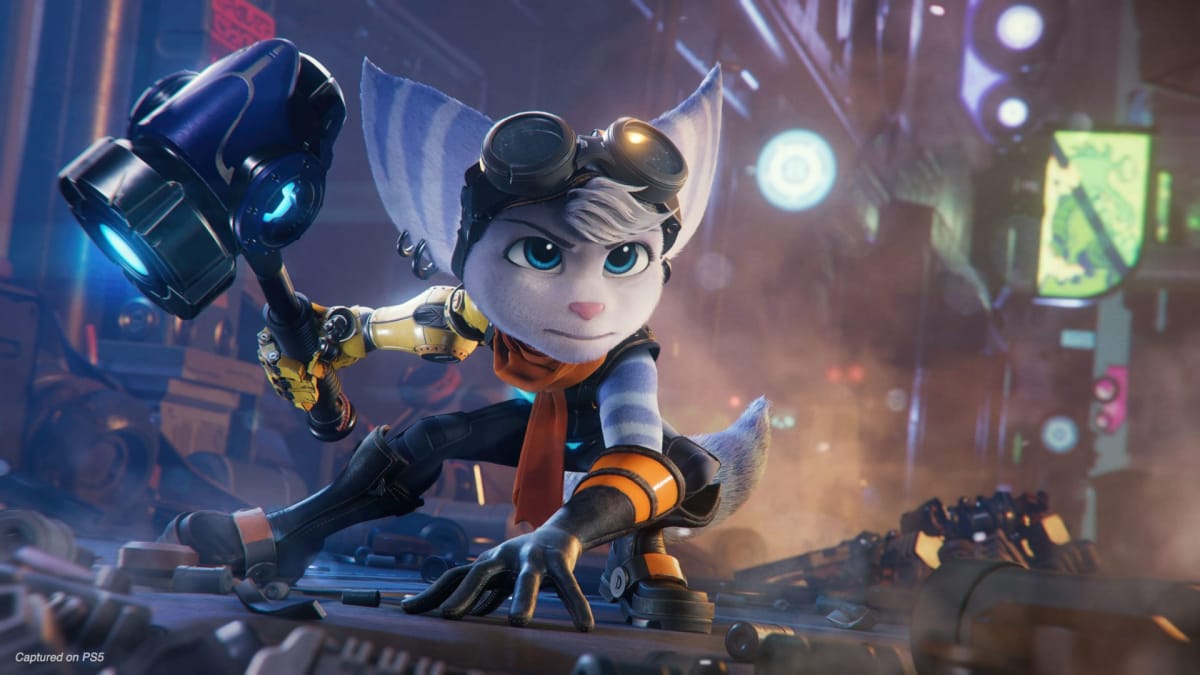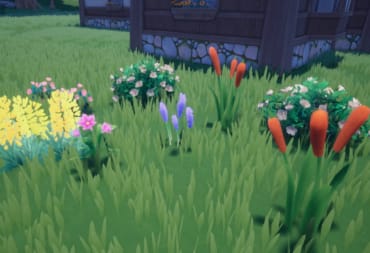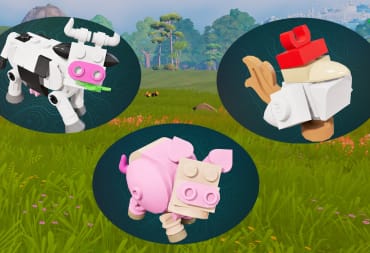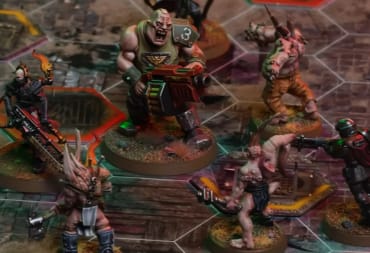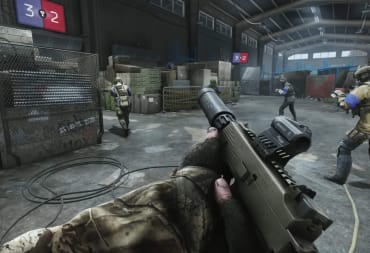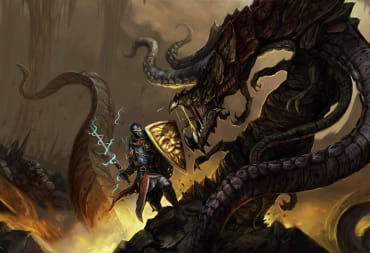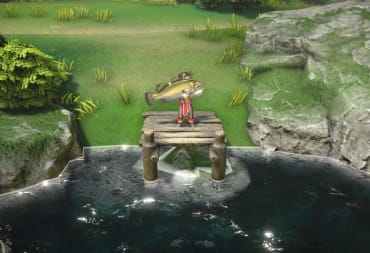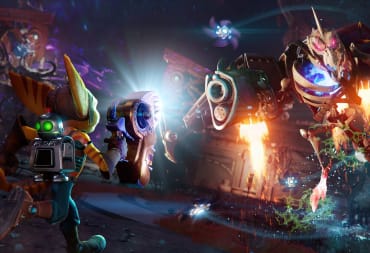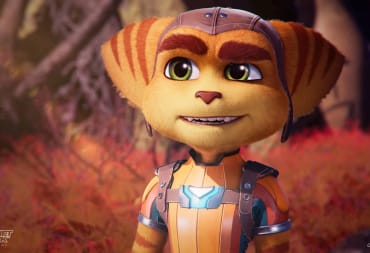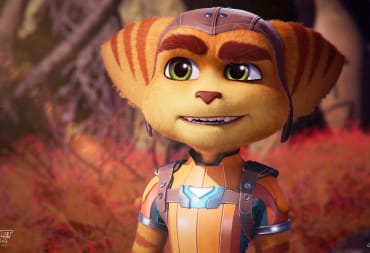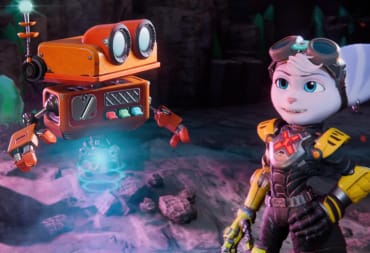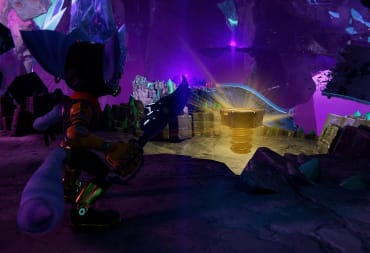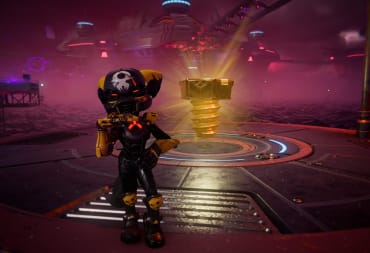Change is the universe’s most aggravating constant. As time marches forward at the pace of a death metal blast beat, change inevitably occurs. For many people, change means leaving home and going to college, getting married, or, if you’re not a millennial, buying a house, but whatever the case, change happens to everyone whether we want it to and drastically alters our lives. It comes for us all, and for many folks, change is frightening. Despite its unavoidable nature, some people hide from change rather than embrace it. They’d rather stay within range of what is familiar instead of charting a new path into the theoretical unknown — just like the characters in Ratchet & Clank: Rift Apart.
This article contains spoilers for Ratchet & Clank: Rift Apart. Proceed with caution
So What is Ratchet & Clank: Rift Apart?
Ratchet & Clank: Rift Apart reflects this tendency to avoid change. Despite being a silly all-ages action platformer, the title has a very mature and resonant theme about change and folks’ natural inclination to resist it. Whether it is through the characters, the gameplay, or its very nature as a sequel in a long-running franchise, Ratchet & Clank: Rift Apart recognizes that making life-altering decisions can be unwanted and induce existential anxiety within us. The game understands that we often drag our feet and resist tough life-changing choices, even though the nature of change is inevitable and oftentimes necessary. While change is scary, we must overcome this fear in order to grow as people.
This is a lesson that the heroes within Ratchet & Clank: Rift Apart must heed as they engage with the events of the narrative. In the game, the Lombax Ratchet and his robotic pal Clank are teleported to an alternate dimension whilst chasing their archnemesis Dr. Nefarious (Ph.D.?). Once there, they meet their alternate dimensional counterparts in the form of the Lombax and resistance leader Rivet and the solitary robot Kit, and together they all fight Emperor Nefarious (the alternate dimensional counterpart to Dr. Nefarious) who rules the galaxy with an iron fist. Nefarious has vast armies at his disposal, has outlawed dissent, and has transformed the galaxy into his own fashy image, and it’s up to the four heroes to put an end to his spacefaring tyranny and overcome their own character deficiencies. They must change in order to save the day.
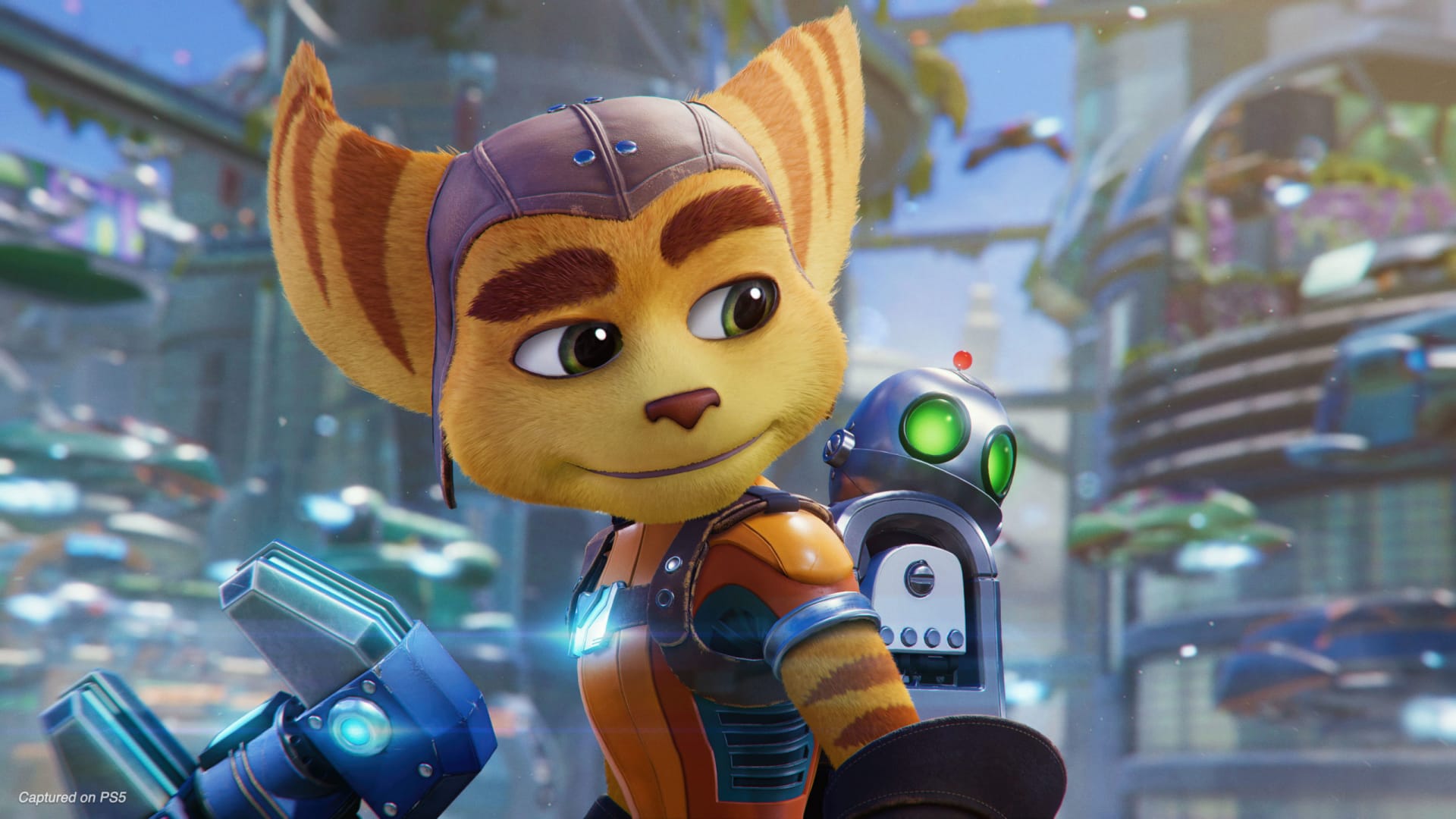
Ratchet Needs To Visit His Family
Ratchet & Clank: Rift Apart’s themes regarding change are embodied by the character development. Three of the game’s four main characters in Ratchet, Rivet, and Kit all undergo narrative arcs revolving around their resistance to the concept of personal change. Yes, even necessary change. These characters all contain latent issues and insecurities that interfere with both their personal growth and tangible external objectives like meeting new people or saving the universe from a deranged psychopath, and throughout the game, Ratchet and company must overcome their personal flaws in order to defeat their nemeses.
Ratchet is the most recognizable of these character dilemmas. As the game’s titular hero, Ratchet is at a bit of a crossroads at Ratchet & Clank: Rift Apart’s start. At the game’s beginning, Clank fixed the Dimensionator (which is a device that teleports people to and from different dimensions) so that Ratchet can meet his fellow Lombaxes. See, with the exception of Ratchet, all Lombaxes from his dimension are extinct, meaning that alternate dimension shenanigans is the only way for him to reacquaint himself with his own species. With the refurbished Dimensionator, Clank hoped Ratchet would reconnect with his Lombax brethren. After all, Ratchet had expressed interest at the possibility of reaching out to members of his own genus, and Clank, the ever-logical robot, figured Ratchet would’ve jumped at the opportunity to meet another Lombax.
Ratchet, however, has second thoughts. Despite his initial desire to reach out to other living Lombaxes and how he hasn’t been busy with any meaningful hero work for the previous five years, Ratchet is scared with this now very real, imminent possibility that he’s going visit other living Lombaxes. Sure, it’s easy to conceptualize the notion that someday he’ll go meet his family in the future, but he wasn’t prepared to do that today! Ratchet’s probably thinking: “What if they don’t like me? What if I embarrass myself? What if they see all the bad romcoms in my Netflix queue?” The shame is endless! So of course Ratchet, just like many people when given the prospect of imminent change, drags his feet and only desires to hide and avoid making this really important decision.
And this is Ratchet’s main plot arc. Even more so than saving the universe and reality itself, Ratchet’s core emotional narrative thrust revolves around him overcoming his own insecurities and ripping off the figurative bandage that is preventing him from moving on with his life. While Ratchet’s hesitance and fear of social awkwardness is understandable, he needs to show more confidence. Ratchet is a very cool Lombax that has saved the universe numerous times. He’ll do just fine! Hell, Ratchet meets Rivet about halfway through the game, and despite his jittery nerves and emotional paralysis, he does great, showing that his initial anxieties were overblown.
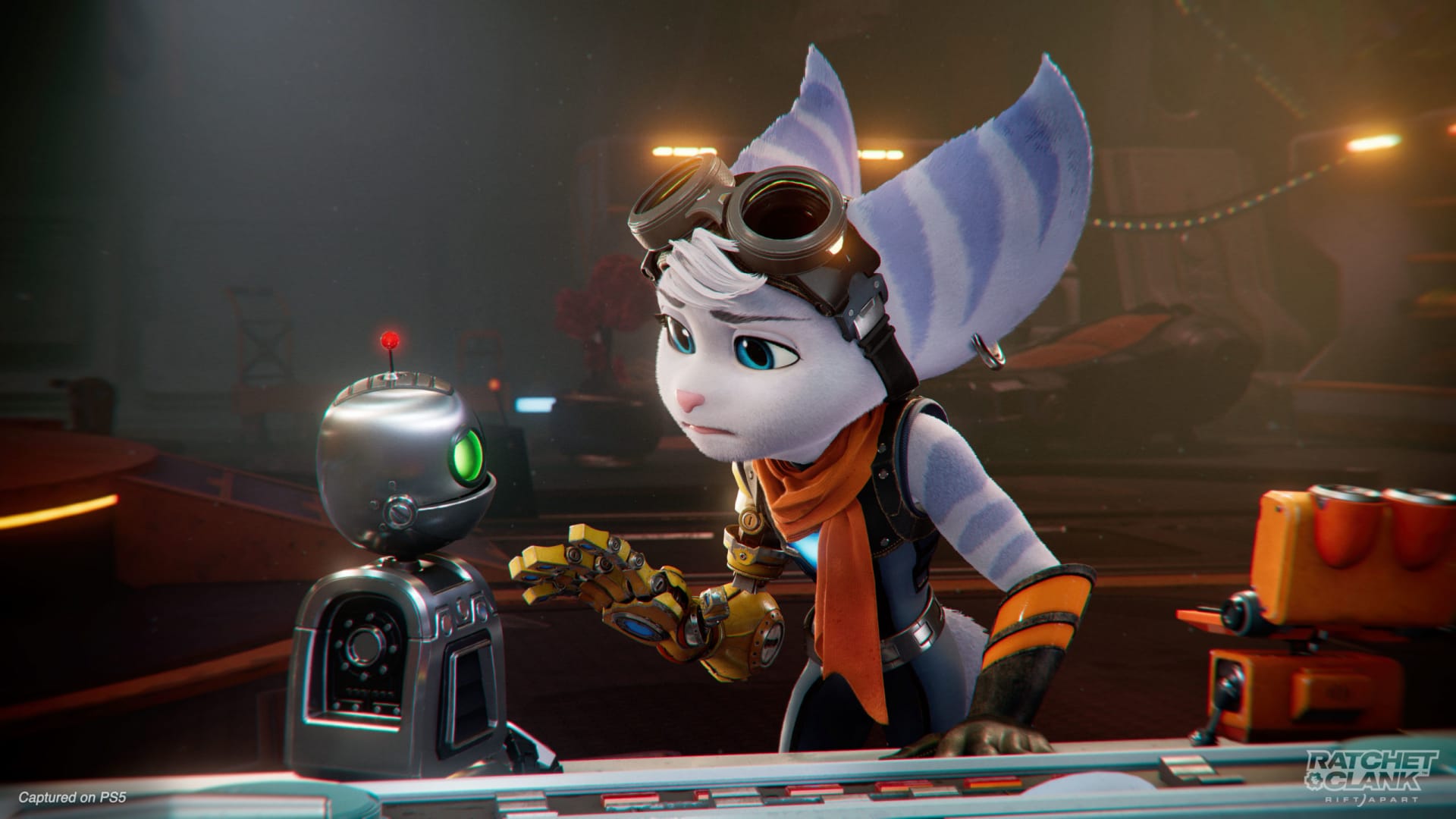
Rivet's and Kit's Insecurities
This theme involving our natural resistance to change extends beyond the titular character of Ratchet. In fact, Ratchet & Clank: Rift Apart ironically is not Ratchet and Clank’s story. While the duo plays a key part in the game’s events, have their own aforementioned arcs, and are the names of the franchise, Ratchet & Clank: Rift Apart actually focuses on Rivet and Kit. Kind of like how Mad Max: Fury Road is technically led by a woman named Furiosa rather than the titular Mad Max, Rivet and Kit are the heart and soul of Ratchet & Clank: Rift Apart. The two heroines drive the action, their specific version of Emperor Nefarious is the game’s main antagonist (whereas Dr. Nefarious is a bumbling buffoon), and the two have the most meaningful character arcs and undergo the most personal growth from start to finish.
Rivet and Kit’s character momentum makes sense when considering that the two start Ratchet & Clank: Rift Apart at rock bottom. After all, their world is a dumpster. Emperor Nefarious dominates the galaxy, the people are oppressed, and Rivet must survive in a reality where she is public enemy number 1, and to make matters worse, Rivet and Kit have never formally met. Where Ratchet and Clank are an acclaimed heroic team in their reality — just like how chocolate and peanut butter are the primary superhero team up in our reality — Rivet and Kit are completely separate entities from each other and thus are far less successful in their solo endeavors. Rivet and Kit’s reality, one that contains a much more competent version of Doctor Nefarious, suffered as a result. The two both failed and did so alone.
Naturally, Rivet and Kit must change their solitary ways in order to save the galaxy. Clearly, the two can’t defeat Emperor Nefarious separately and need to work together, just like how their alternate dimensional counterparts Ratchet and Clank do in their universe, but for them, changing their entire modus operandi isn’t that simple. Upon awkwardly meeting each other for the first time, Rivet and Kit have their own internal issues preventing them from embarking on the correct path. See, Rivet and Kit detest working with others. In terms of Rivet, she lost an arm to a robot attack and purveys sentient machines (such as Kit) as being inherently untrustworthy. When it comes to Kit, she is ashamed of her past. Kit was a battlebot who served Emperor Nefarious against her will before changing her programming to her current more peaceful identity. Seeing as Kit was the robot that severed Rivet’s arm, she views herself as a monster and someone who should be shunned rather than befriended.
This is the core emotional conflict of Ratchet & Clank: Rift Apart. Between the two of them, Rivet and Kit must become emotionally vulnerable in order to become stronger people. Never mind how difficult the process of change is, their disastrous predicament and their stunted character development requires Rivet and Kit to take drastic, radical action. Even though the concept of change is tough and the familiar breeds a sense of psychological safety, Rivet needs to get over her innate distrust in robots and forgive Kit for actions outside of her control, and Kit needs to realize that she is a person worthy of friendship and respect. If they just ventured outside their comfort zone, Rivet and Kit could become the best possible version of themselves. They could be a heroic team just like Ratchet and Clank.
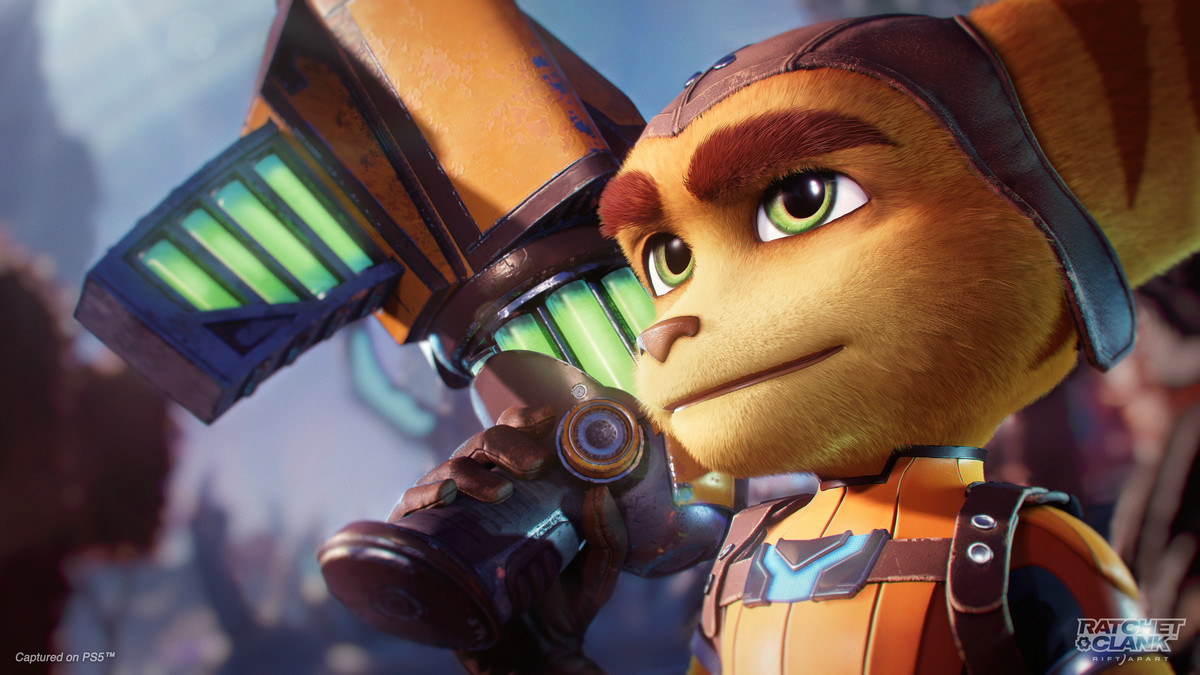
The Metanarrative of Ratchet & Clank: Rift Apart
Ratchet & Clank: Rift Apart’s themes regarding our reluctance to change extend outside the confines of the game’s own narrative as well. In fact, this theme can be examined under the broad boundaries of the Ratchet & Clank franchise as a whole. The series was successful and very active during the PlayStation 2 and PlayStation 3 life cycles and featured many mainline titles that played very similarly to one another. While the early Ratchet & Clank games had some variations (particularly in terms of narrative tone and technical capabilities), these games had similar storytelling and gameplay hallmarks in the sense that the mascot heroes team up and use their vast arsenal of weapons to defeat the given game’s antagonist of the week. These games had a lot in common with one another, but honestly, the developers at Insomniac didn’t need to reinvent the series’ gameplay formula. To audiences on the PS2 and the PS3, the franchise worked well as it was.
Fast forward to the present, and the state of the Ratchet & Clank series is a bit different. Aside from the 2016 reimagining of the original Ratchet & Clank, the franchise was uncharacteristically quiet during the PlayStation 4 life cycle. Despite how the franchise was damn near omnipresent during the PS2 and PS3 console eras, the Ratchet & Clank series was dormant on the PS4 and didn’t receive a meaningful sequel until the recently released Ratchet & Clank: Rift Apart on the PlayStation 5. If anything, the last mainline Ratchet & Clank adventure prior was 2013’s Ratchet & Clank: Into The Nexus, meaning that eight whole years passed between active installments.
Ratchet & Clank: Rift Apart’s theme regarding our disinclination to the process of change comes back into play here. As proven by many different franchises like Resident Evil or Halo, video game IPs must alter their various design formulas in order to remain relevant. The studios behind these games are more or less required to add new gameplay wrinkles, update their design philosophy, and enhance a variety of features so that their titles can flourish in today’s industry. While some developers do this better than others (see: Resident Evil Village and its gorgeous totally scary vampiress), the process remains the same: adapt or die.
Ratchet & Clank: Rift Apart adapted. Even though its gameplay has many commonalities with past Ratchet & Clank games (i.e. the player uses a collection of deadly weapons to combat the aforementioned antagonist of the week), Ratchet & Clank: Rift Apart presents many new and risky elements that allow the game to feel lively. On a nuts-and-bolts level (I know, VERY BAD pun), the new features like the adaptable triggers, the lack of loading screens, and the fluid use of the dimensional tether all enhance the experience and the gameplay design consistently adds new level-specific gameplay wrinkles such as moments where you pilot an adorable flying dragon thingy or battle enemies whilst on a pirate ship, which are all moments that constantly freshen up Ratchet & Clank: Rift Apart’s gameplay loop. Furthermore, the main characters aren’t Ratchet and Clank. The developers at Insomniac took a bold narrative risk in having the new characters Rivet and Kit do Ratchet & Clank: Rift Apart’s thematic heavy lifting, essentially allowing this title to stand out from the rest of the series and altering the future trajectory of the franchise.
As a complete package, Ratchet & Clank: Rift Apart befits this metanarrative. Similar to the conclusion of Ratchet’s, Rivet’s, and Kit’s respective narrative and thematic arcs, the developers were confronted with a simple fact: they had to fundamentally change many components within the franchise's formula in order to create a game that played well in 2021. It was a tough task, yet Insomniac succeeded with flying colors. Just like Ratchet and the other protagonists, the developers behind Ratchet & Clank: Rift Apart made tough decisions that will ultimately help the franchise to prosper for years to come.
Have a tip, or want to point out something we missed? Leave a Comment or e-mail us at tips@techraptor.net
